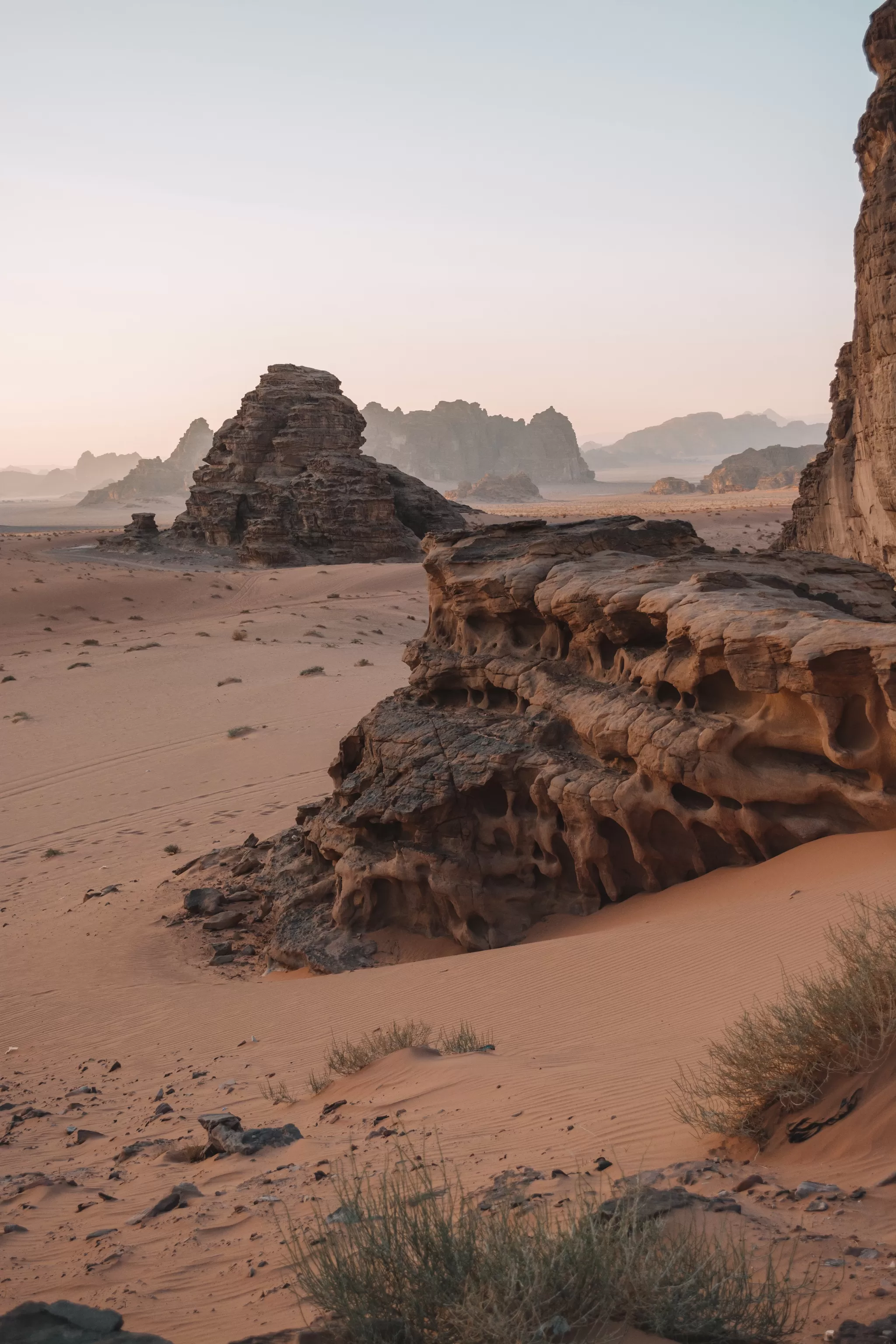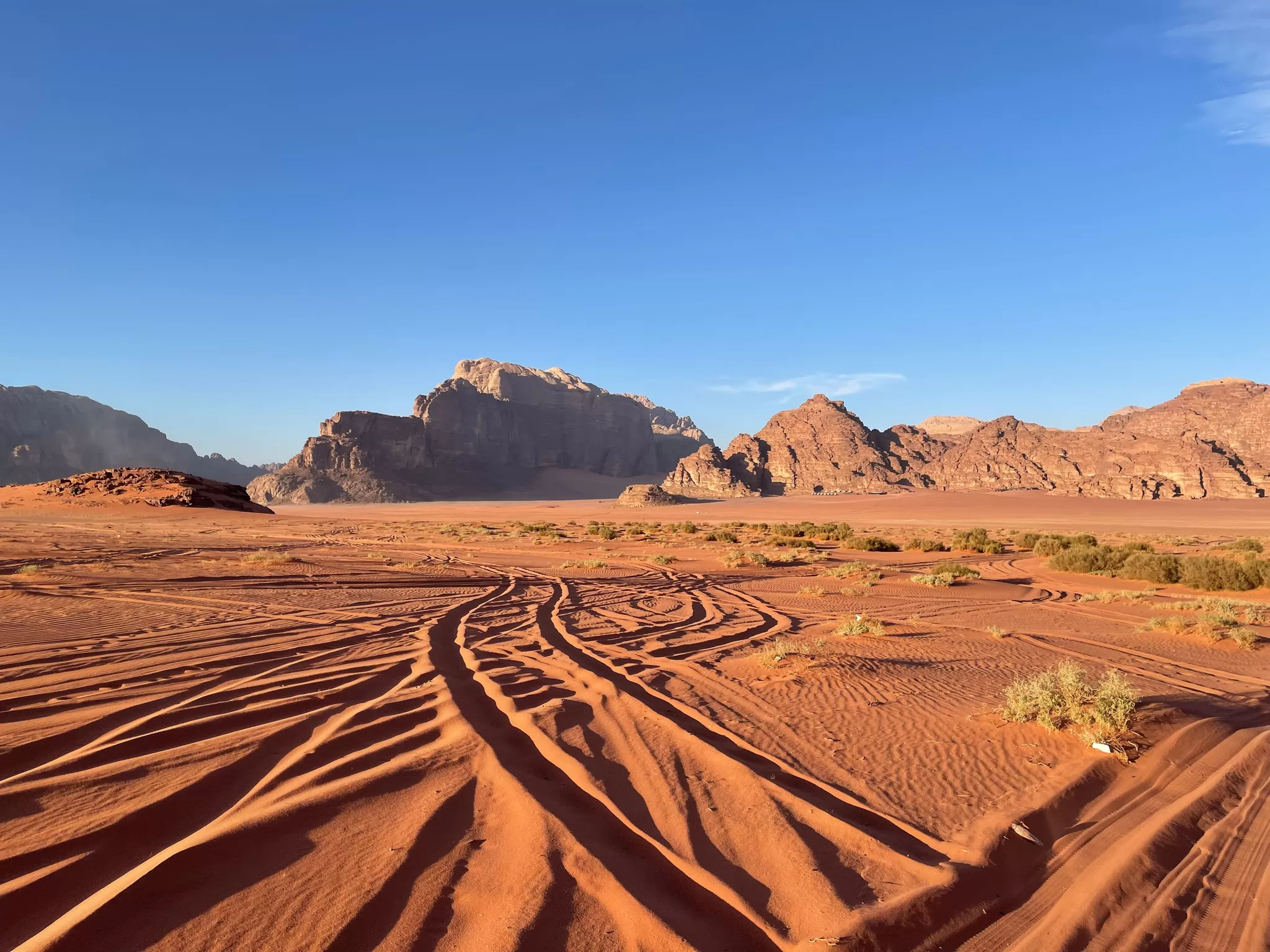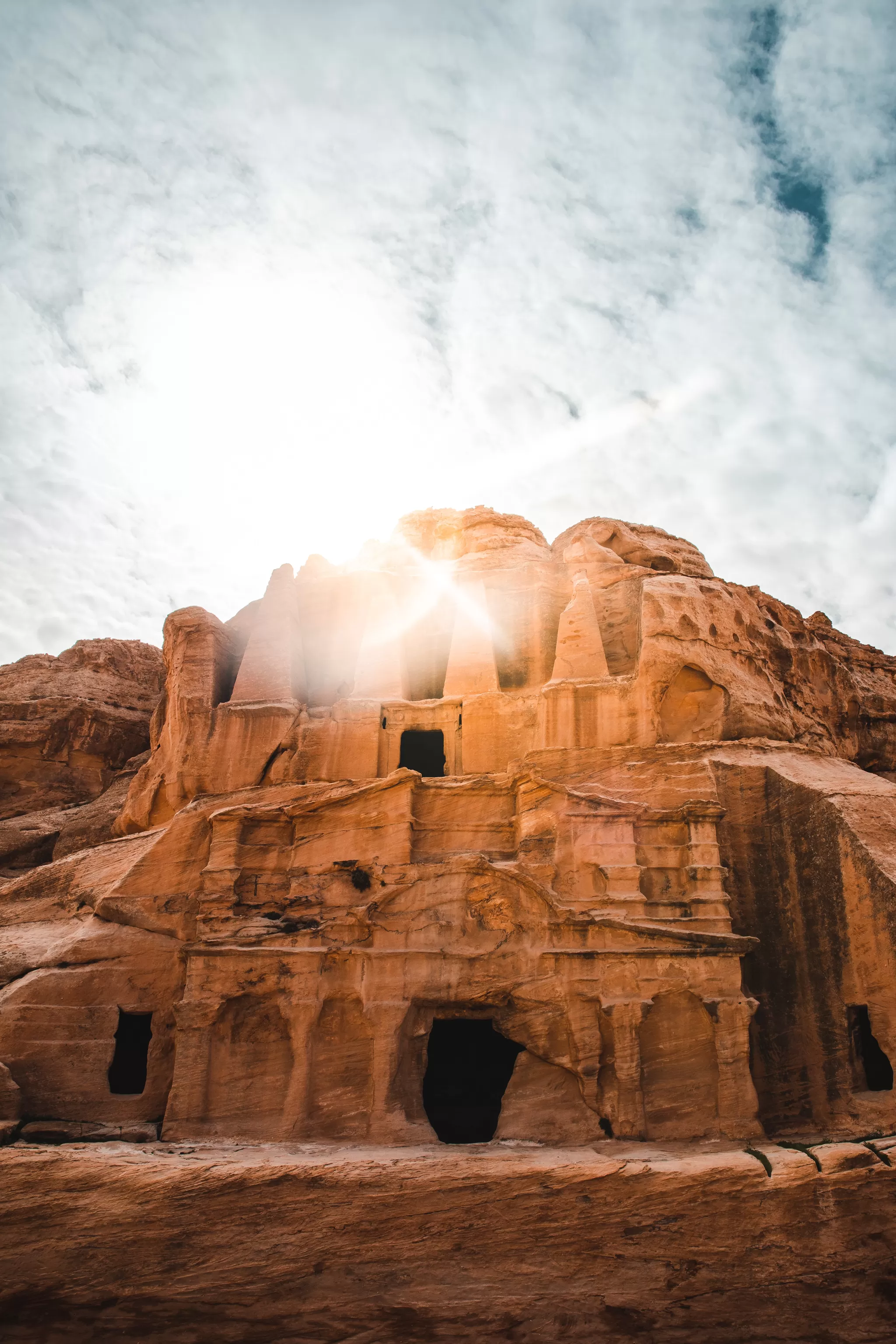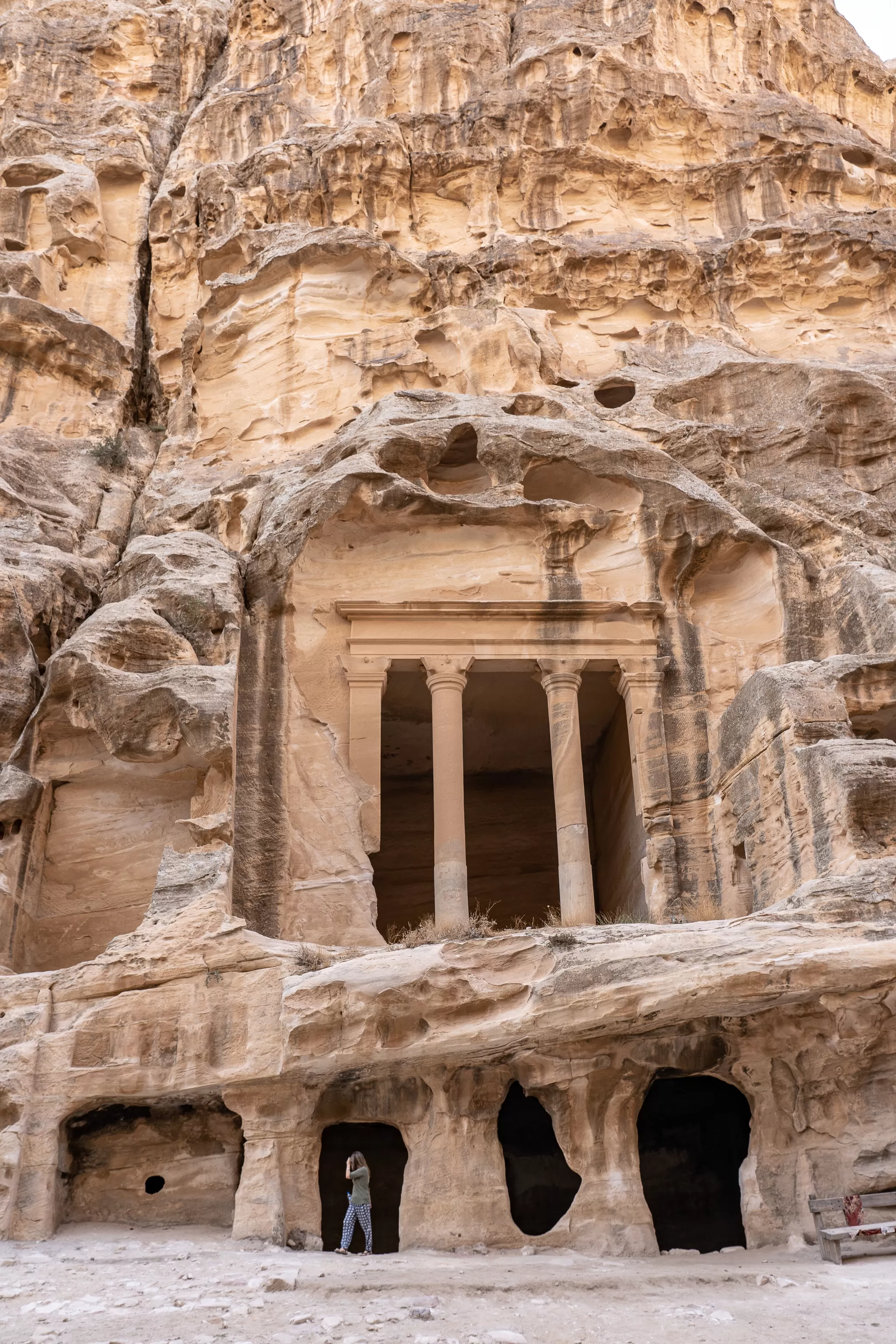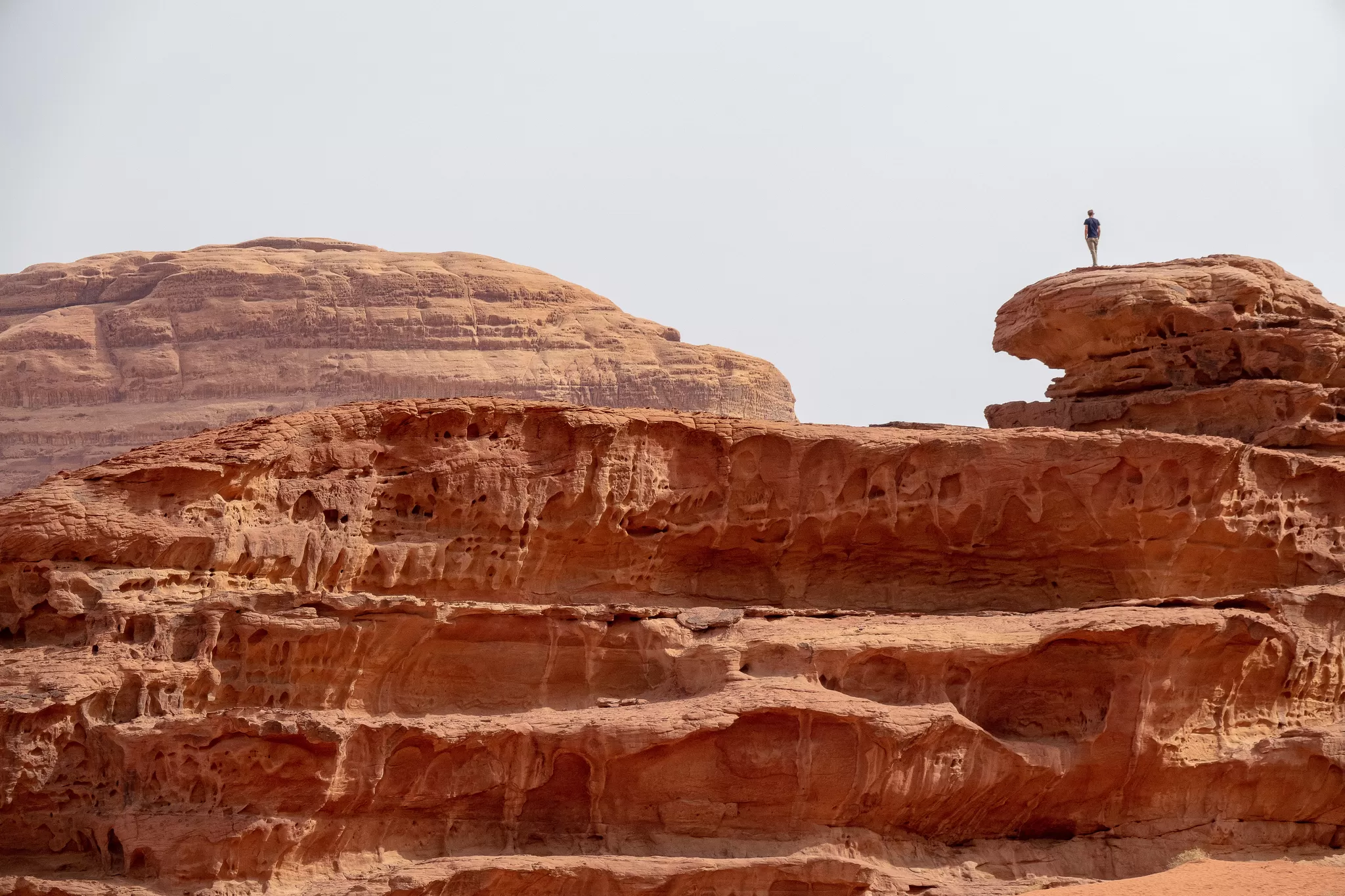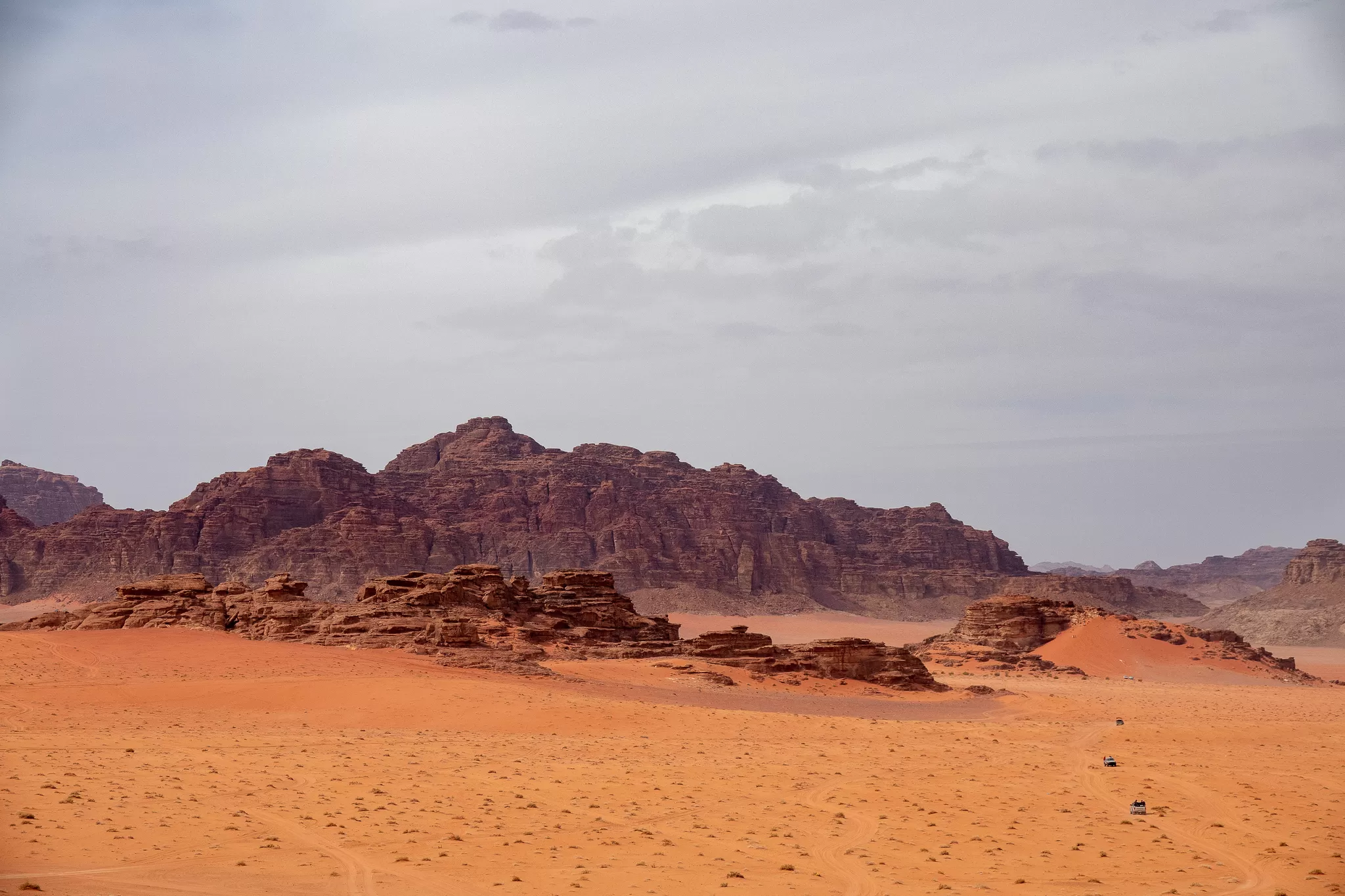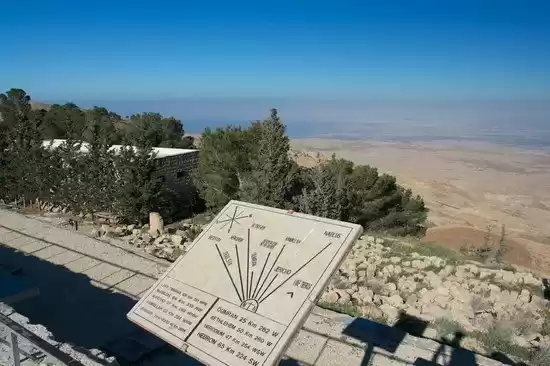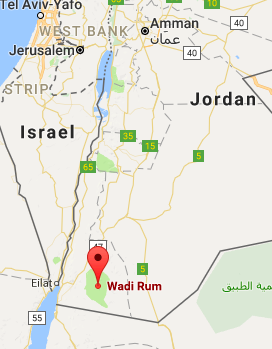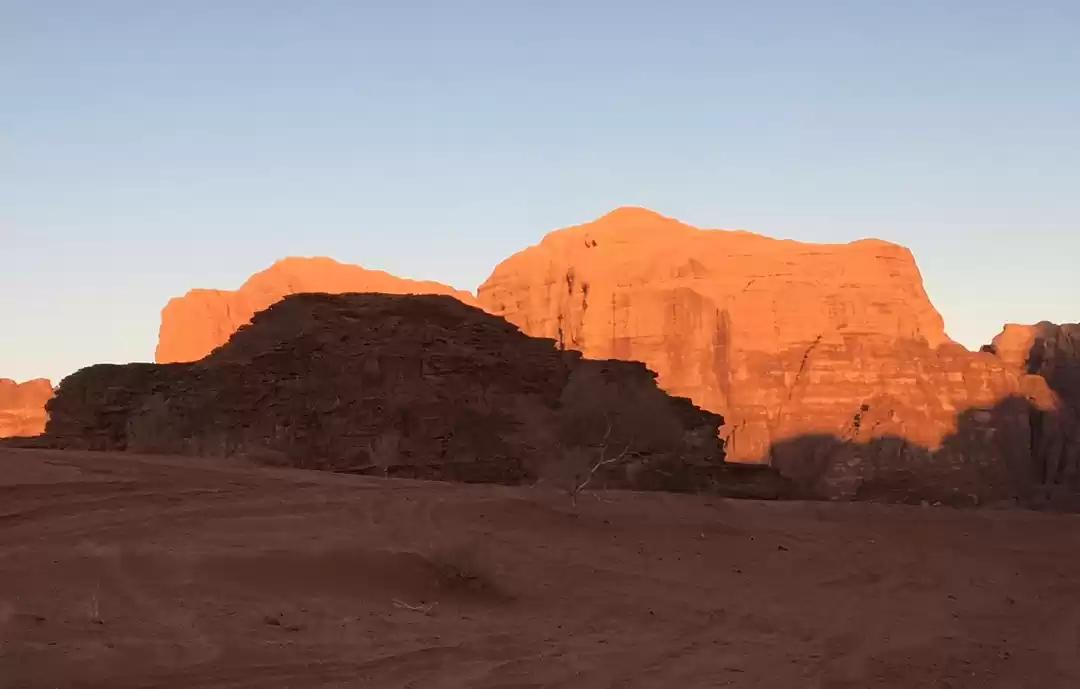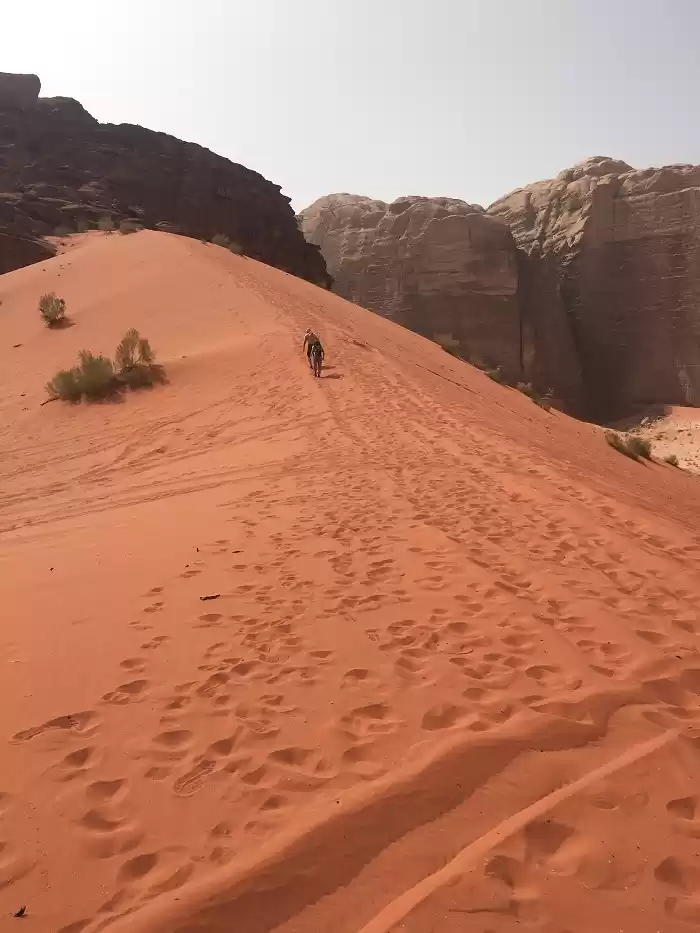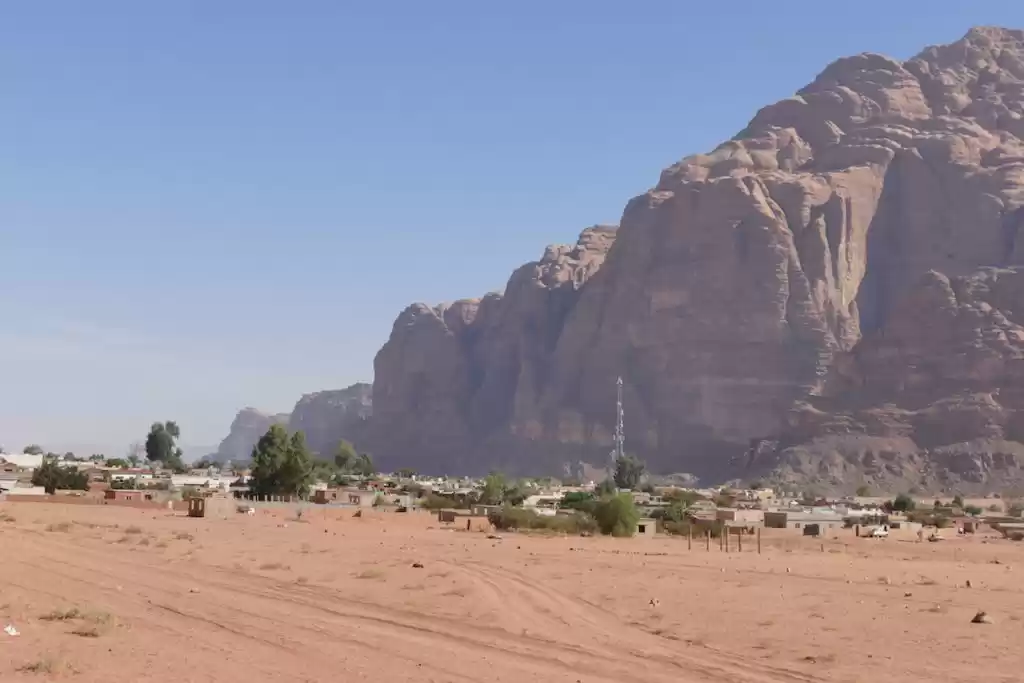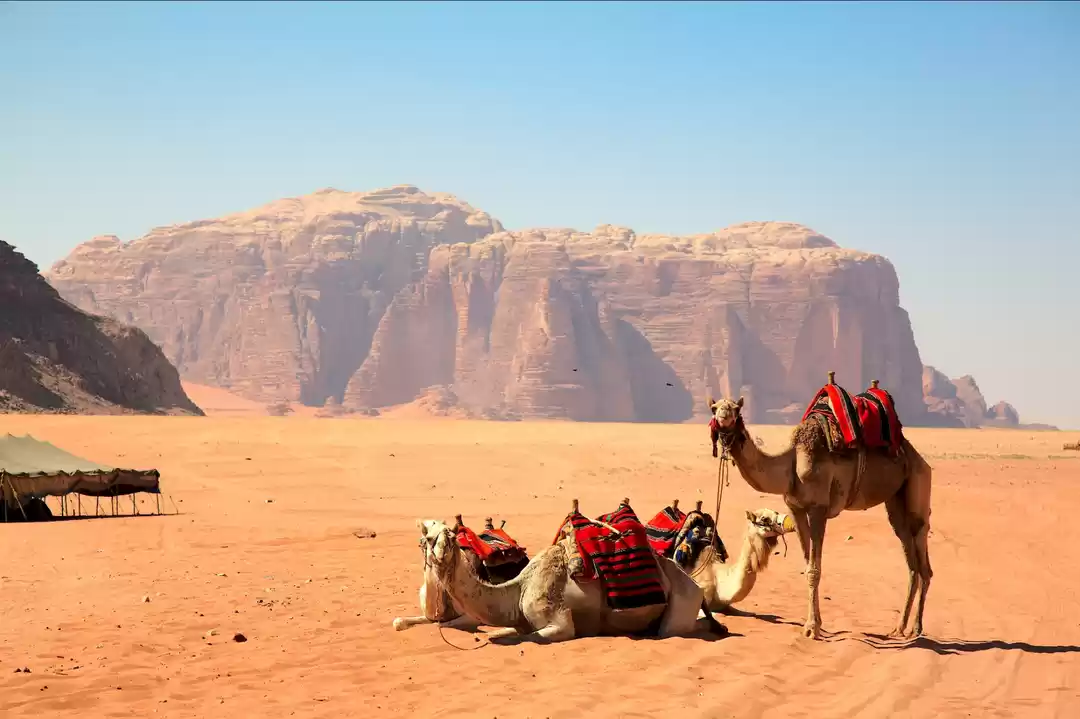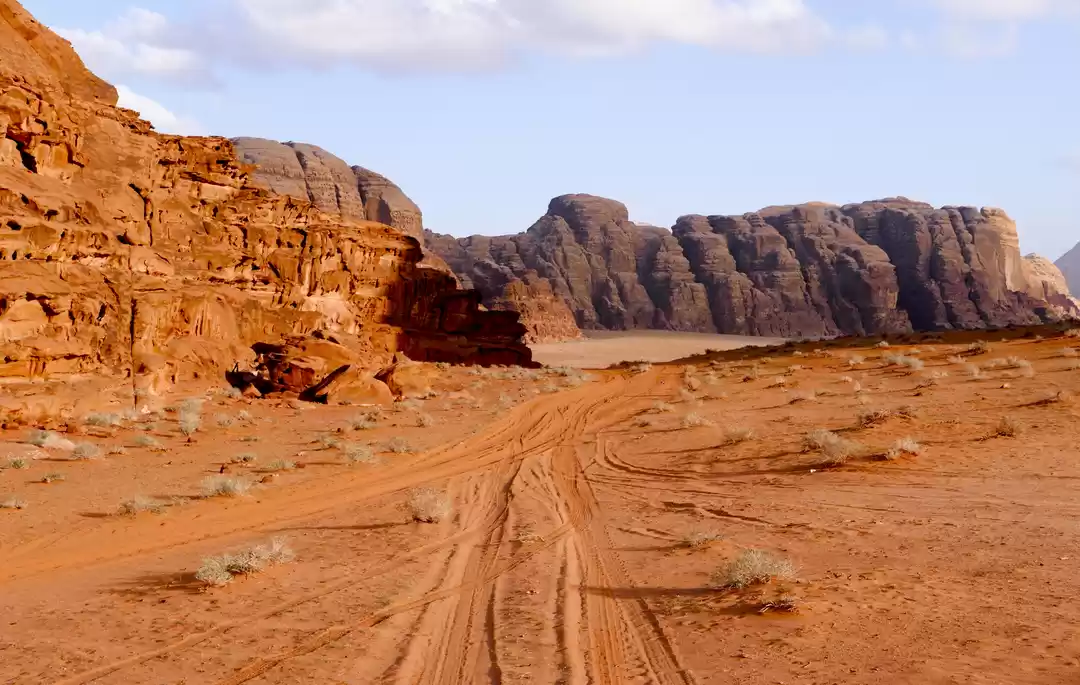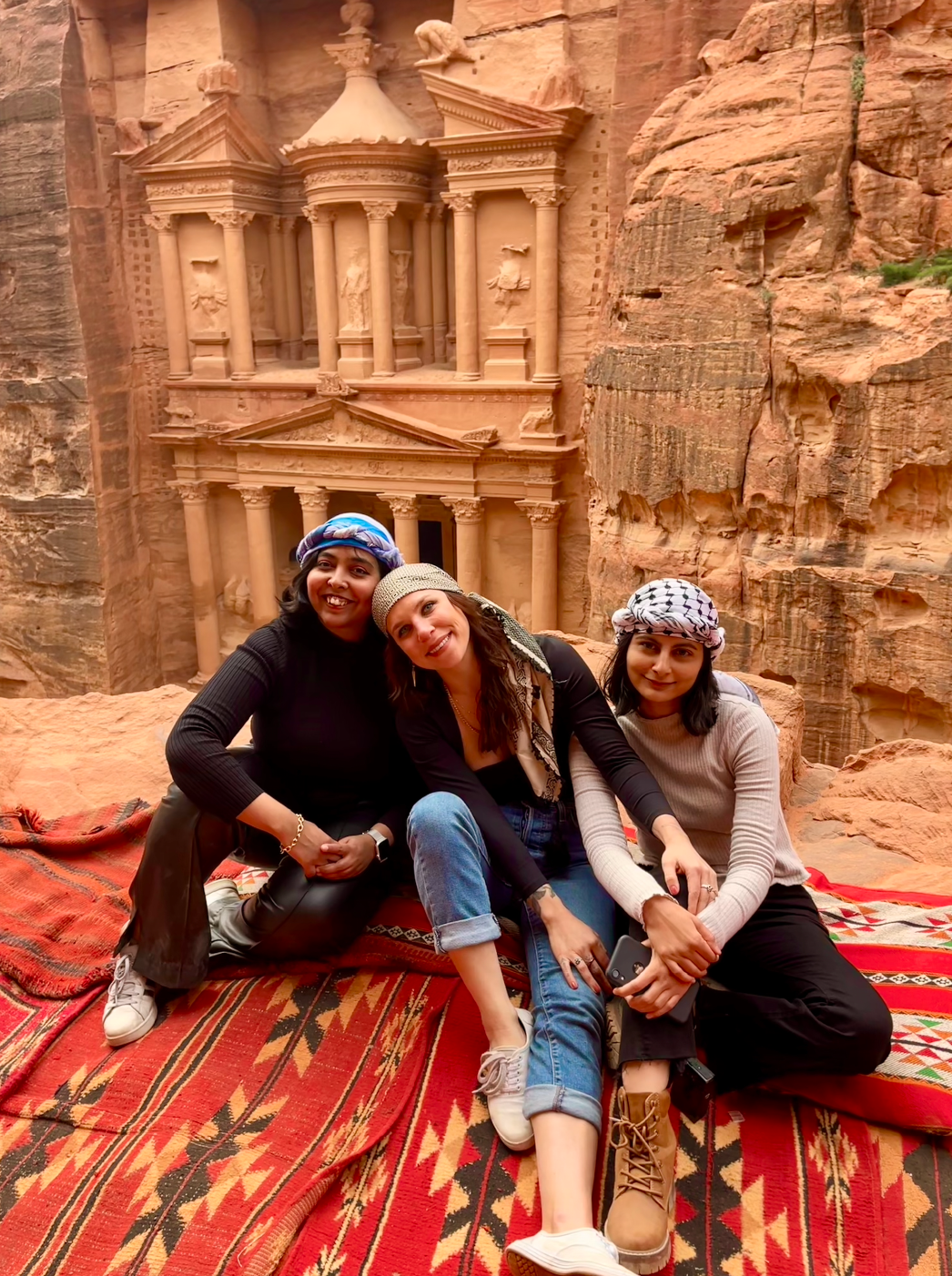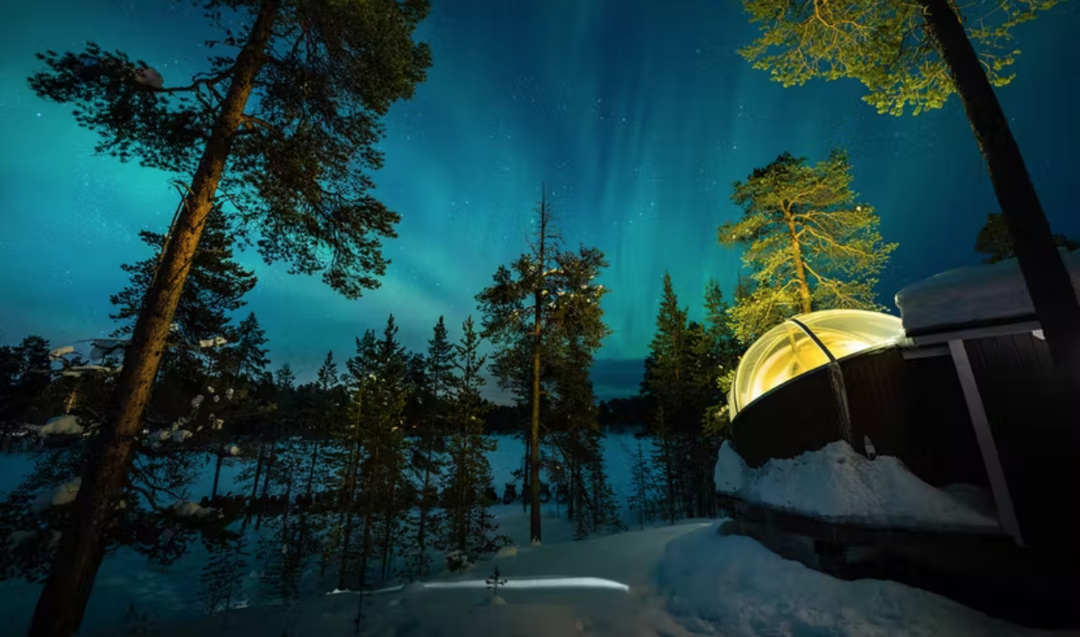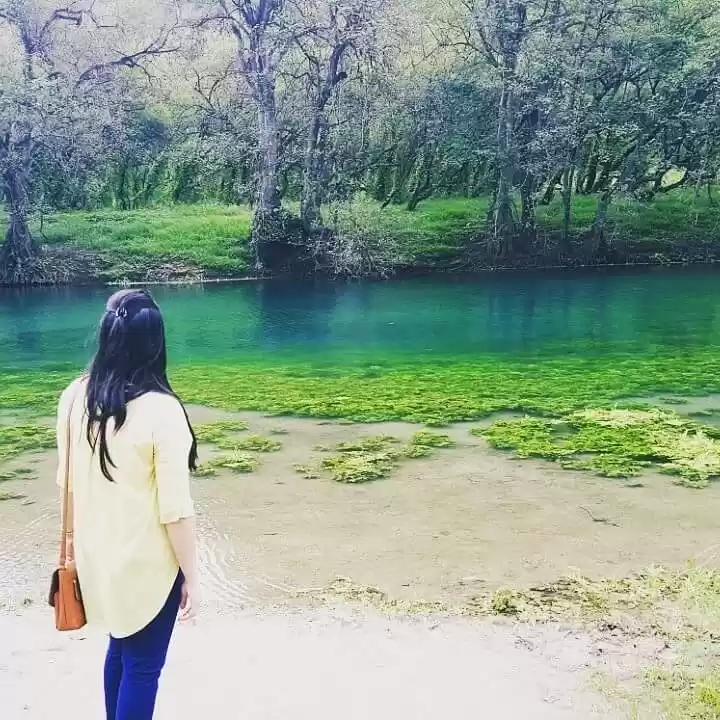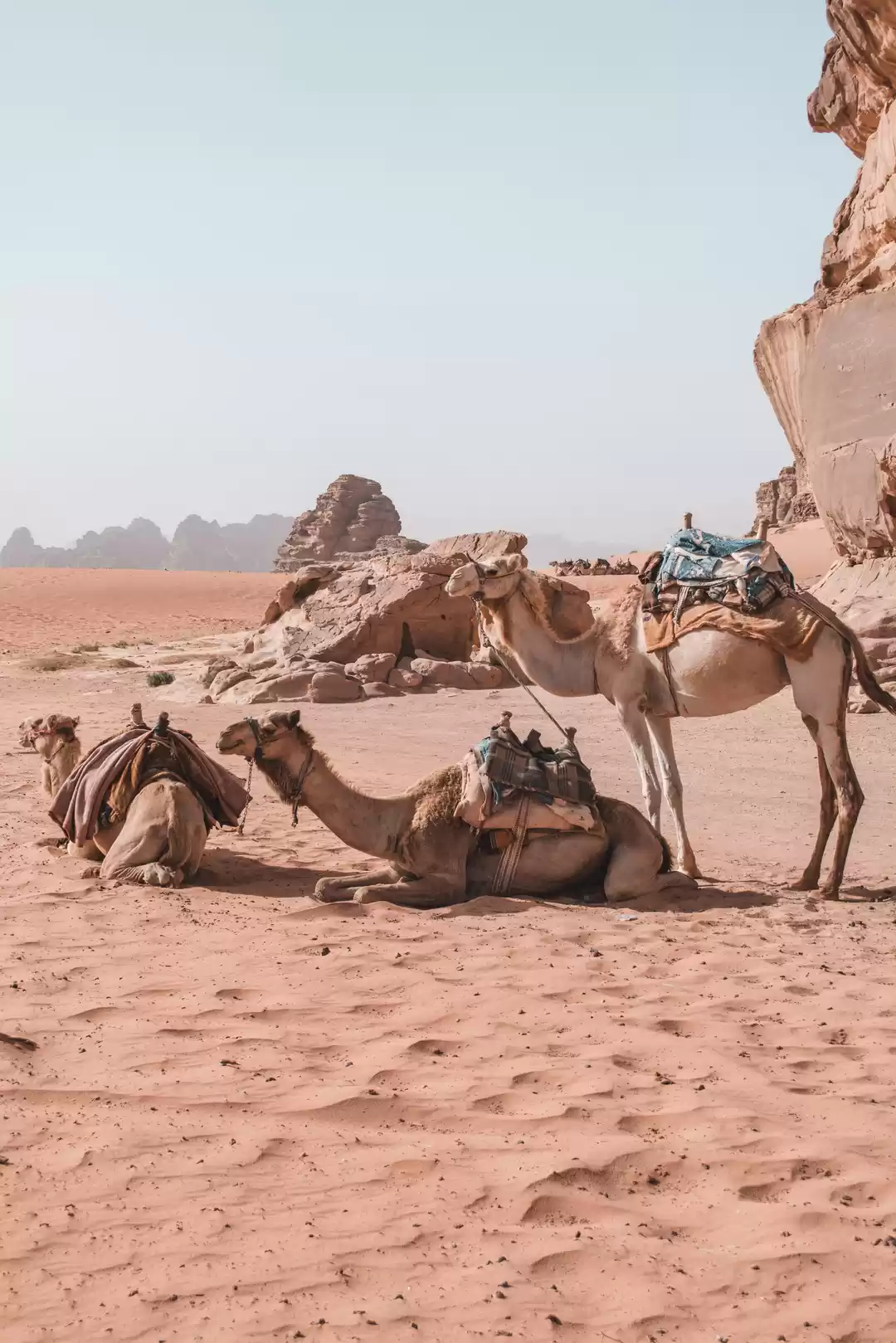Wadi Rum, also known as the Valley of the Moon, is a vast and majestic desert in the south of Jordan. It is one of the most impressive natural wonders in the Middle East, and a must-see destination for anyone who loves nature, culture, and adventure. Wadi Rum is not only a stunning landscape of red-rock mountains, sand dunes, and night skies, but also a rich and ancient heritage of human civilization, dating back to the Stone Age.
Wadi Rum is home to the nomadic Bedouin tribes, who have preserved their traditions and hospitality for centuries. Wadi Rum is also a playground for adventure seekers, who can explore and enjoy the desert by jeep, camel, hiking, climbing, or camping. In this article, you will find everything you need to know about visiting Wadi Rum, including how to get there, when to go, what to do, and what to expect. Whether you are looking for a relaxing escape, a cultural immersion, or an exhilarating experience, Wadi Rum has something for everyone.
Why Visit Wadi Rum?
There are many reasons to visit Wadi Rum, but here are some of the main ones:
Natural beauty:
Wadi Rum is a breathtaking desert that showcases the beauty and diversity of nature. It is often called Mars on Earth, because of its reddish hue and alien-like rock formations. Wadi Rum is the reddest part of Jordan, due to the high concentration of iron oxide in the sand and rocks. The desert is also a result of millions of years of geological evolution, shaped by the movement of the Earth’s crust, erosion, and weathering. Wadi Rum has a variety of landforms, such as sandstone and granite mountains, canyons, arches, bridges, and caves. The highest point in Wadi Rum is Jabal Umm ad Dami, which stands at 1,854 meters above sea level. Wadi Rum is also famous for its spectacular sunsets and sunrises, which paint the desert in different shades of orange, pink, and purple. At night, Wadi Rum offers a clear and starry sky, perfect for stargazing and astronomy.
Cultural heritage:
Wadi Rum is not only a natural wonder, but also a cultural treasure. It is a World Heritage site, recognized by UNESCO for its outstanding universal value. Wadi Rum is one of the oldest inhabited places on Earth, with evidence of human presence dating back to the Stone Age. Wadi Rum has thousands of petroglyphs and inscriptions, which document the history and culture of the people who lived there. Some of the most famous petroglyphs are the Thamudic, Nabataean, and Arabic scripts, which represent different languages and alphabets.
Wadi Rum is also associated with the legendary figure of Lawrence of Arabia, who fought and lived in the desert during the Arab Revolt of 1916-1918. Wadi Rum is named after one of his books, Seven Pillars of Wisdom, which describes his experiences and adventures in the desert. Wadi Rum is still home to the Bedouin tribes, who are the descendants of the nomads who roamed the desert for centuries. The Bedouin are known for their hospitality, generosity, and wisdom, and they offer visitors a glimpse into their authentic and traditional way of life.
Adventure opportunities:
Wadi Rum is a paradise for adventure lovers, who can explore and enjoy the desert in various ways. One of the most popular and fun ways to see Wadi Rum is by jeep, which allows you to cover a large area and visit many sites in a short time. You can also ride a camel, which is the traditional and eco-friendly way to travel in the desert. You can also hike, climb, or scramble on the rocks, which offer different levels of difficulty and challenge. Some of the best hiking and climbing routes are the Burdah Rock Bridge, the Khazali Canyon, and the Um Fruth Rock Bridge. If you want to spend the night in the desert, you can camp under the stars, either in a tent or in a Bedouin camp. Camping in Wadi Rum is an unforgettable experience, as you can enjoy the silence, the darkness, and the beauty of the desert at night.

How to Get to Wadi Rum?
Wadi Rum is located in the south of Jordan, about 300 kilometers from the capital city of Amman, and 60 kilometers from the city of Aqaba. There are different ways to get to Wadi Rum, depending on your budget, time, and preference.
By plane:
The nearest airport to Wadi Rum is the King Hussein International Airport in Aqaba, which is about an hour’s drive from the desert. You can fly to Aqaba from Amman, or from some international destinations, such as Dubai, Istanbul, or Cairo. From Aqaba, you can take a taxi, a bus, or a private transfer to Wadi Rum.
By bus:
There are regular buses that run between Amman and Aqaba, which stop at the Wadi Rum Visitor Center, which is the main entrance to the desert. The bus journey takes about 4 hours, and costs around 10 Jordanian dinars (14 USD) per person. You can also take a bus from Petra, another popular tourist destination in Jordan, which takes about 2 hours, and costs around 7 Jordanian dinars (10 USD) per person. From the Visitor Center, you can take a 4x4 jeep to your camp or tour operator in the desert, which costs around 5 Jordanian dinars (7 USD) per person.
By car:
If you have your own car, or you rent one, you can drive to Wadi Rum from Amman, Aqaba, or Petra. The roads are well-paved and signposted, and the drive is scenic and enjoyable. You can park your car at the Visitor Center, and then take a jeep to the desert. Driving to Wadi Rum gives you more flexibility and convenience, as you can stop at other places along the way, such as the Dead Sea, the Dana Biosphere Reserve, or the Shobak Castle.
How to Visit Wadi Rum?
Wadi Rum is a protected area, and you need to pay an entrance fee of 5 Jordanian dinars (7 USD) per person to enter the desert. You also need to register at the Visitor Center, where you can find information, maps, and guides. Wadi Rum is a large and diverse desert, and you need at least one full day to see and experience its main attractions. However, if you have more time, you can spend two or three days in the desert, and explore more of its hidden gems and secrets. There are different ways and options to visit Wadi Rum, depending on your interests, budget, and fitness level.
By jeep:
One of the most common and convenient ways to visit Wadi Rum is by jeep, which is a 4x4 vehicle that can drive on the sand and rocks. You can book a jeep tour with a local Bedouin guide, who will take you to the best and most famous sites in the desert, such as the Lawrence Spring, the Red Sand Dune, the Little Bridge, the Khazali Canyon, the Burdah Rock Bridge, and the Mushroom Rock. You can also customize your jeep tour, and choose the sites and the duration that suit you. A jeep tour can last from 2 hours to a full day, and can cost from 25 to 100 Jordanian dinars (35 to 140 USD) per jeep, depending on the number of people and the itinerary. A jeep tour is a great way to see a lot of Wadi Rum in a short time, and to enjoy the thrill and fun of driving on the sand.
By camel:
Another popular and traditional way to visit Wadi Rum is by camel, which is the animal that the Bedouin used to travel in the desert for centuries. You can book a camel ride with a local Bedouin guide, who will take you to some of the most scenic and authentic places in the desert, such as the Lawrence House, the Alameleh Inscriptions, the Um Sabatah, and the Jebel Khazali. You can also customize your camel ride, and choose the sites and the duration that suit you. A camel ride can last from 1 hour to a full day, and can cost from 15 to 80 Jordanian dinars (21 to 113 USD) per camel, depending on the number of people and the itinerary. A camel ride is a great way to experience the desert in a slow and eco-friendly way, and to connect with the culture and history of the Bedouin.
By hiking:
If you are more adventurous and fit, you can also visit Wadi Rum by hiking, which is the best way to appreciate the beauty and diversity of the desert. You can book a hiking tour with a local Bedouin guide, who will take you to some of the most challenging and rewarding routes and trails in the desert, such as the Jebel Umm ad Dami, the Jebel Rum, the Barrah Canyon, and the Rakabat Canyon. You can also customize your hiking tour, and choose the sites and the duration that suit you. A hiking tour can last from 2 hours to several days, and can cost from 25 to 200 Jordanian dinars
By hiking:
If you are more adventurous and fit, you can also visit Wadi Rum by hiking, which is the best way to appreciate the beauty and diversity of the desert. You can book a hiking tour with a local Bedouin guide, who will take you to some of the most challenging and rewarding routes and trails in the desert, such as the Jebel Umm ad Dami, the Jebel Rum, the Barrah Canyon, and the Rakabat Canyon. You can also customize your hiking tour, and choose the sites and the duration that suit you. A hiking tour can last from 2 hours to several days, and can cost from 25 to 200 Jordanian dinars (35 to 282 USD) per person, depending on the number of people and the itinerary. A hiking tour is a great way to exercise, explore, and discover the hidden gems and secrets of Wadi Rum.
By climbing:
If you are more experienced and skilled, you can also visit Wadi Rum by climbing, which is the ultimate way to challenge yourself and enjoy the views of the desert. You can book a climbing tour with a local Bedouin guide, who will take you to some of the most famous and difficult rock faces and peaks in the desert, such as the Burdah Rock Bridge, the Jebel Rum East Face, the Jebel Um Ishrin, and the Jebel Khazali. You can also customize your climbing tour, and choose the sites and the duration that suit you. A climbing tour can last from a few hours to a few days, and can cost from 50 to 300 Jordanian dinars (70 to 423 USD) per person, depending on the number of people and the itinerary. A climbing tour is a great way to test your limits, skills, and courage, and to experience the thrill and satisfaction of reaching the top of Wadi Rum.
By camping:
If you want to spend the night in the desert, you can also visit Wadi Rum by camping, which is the best way to immerse yourself in the atmosphere and culture of the desert. You can book a camping tour with a local Bedouin guide, who will take you to a campsite in the desert, where you can sleep in a tent or in a Bedouin tent. You can also choose the type and the location of your campsite, such as a luxury camp, a basic camp, or a wild camp. A camping tour can last from one night to several nights, and can cost from 10 to 100 Jordanian dinars (14 to 141 USD) per person, depending on the number of people and the amenities. A camping tour is a great way to relax, enjoy the silence, the darkness, and the beauty of the desert at night, and to learn more about the Bedouin lifestyle and cuisine.
What to Expect in Wadi Rum?
Wadi Rum is a unique and unforgettable destination, but it also has some challenges and surprises that you should be aware of before you visit. Here are some of the things that you can expect in Wadi Rum, and how to prepare for them:

Weather:
Wadi Rum is a desert, and it has extreme and variable weather conditions. The temperature can range from below freezing at night to above 40 degrees Celsius during the day. The weather can also change quickly, and you may encounter sandstorms, rain, or snow. Therefore, you should check the weather forecast before you go, and pack accordingly. You should bring layers of clothing, a hat, sunglasses, sunscreen, a scarf, and a jacket. You should also drink plenty of water, and avoid dehydration and heatstroke.
Facilities:
Wadi Rum is a remote and undeveloped area, and it has limited and basic facilities. There is no electricity, running water, or internet in the desert, except in some luxury camps. There are also no shops, restaurants, or ATMs in the desert, so you should bring enough cash, food, and snacks with you. The toilets and showers are also simple and rustic, and you may have to share them with other guests. Therefore, you should be prepared to rough it, and embrace the simplicity and authenticity of the desert life.
Culture:
Wadi Rum is a cultural and historical site, and it is inhabited by the Bedouin tribes, who have their own customs and traditions. You should respect and appreciate their culture, and follow some basic etiquette rules. For example, you should dress modestly, especially if you are a woman, and cover your shoulders, knees, and chest. You should also greet the Bedouin with a smile and a handshake, and accept their offer of tea or coffee, which is a sign of hospitality and friendship. You should also ask for permission before taking photos of them or their animals, and avoid touching or riding their camels without their consent. You should also be careful not to litter or damage the environment or the heritage of Wadi Rum, and leave no trace behind.
Wadi Rum is a spectacular desert that offers a lot of opportunities for nature, culture, and adventure lovers. It is a place that will inspire you, amaze you, and challenge you. It is a place that you will never forget.
If you are planning to visit Wadi Rum, you should follow this guide, and make the most of your trip. Wadi Rum is waiting for you. Are you ready?



